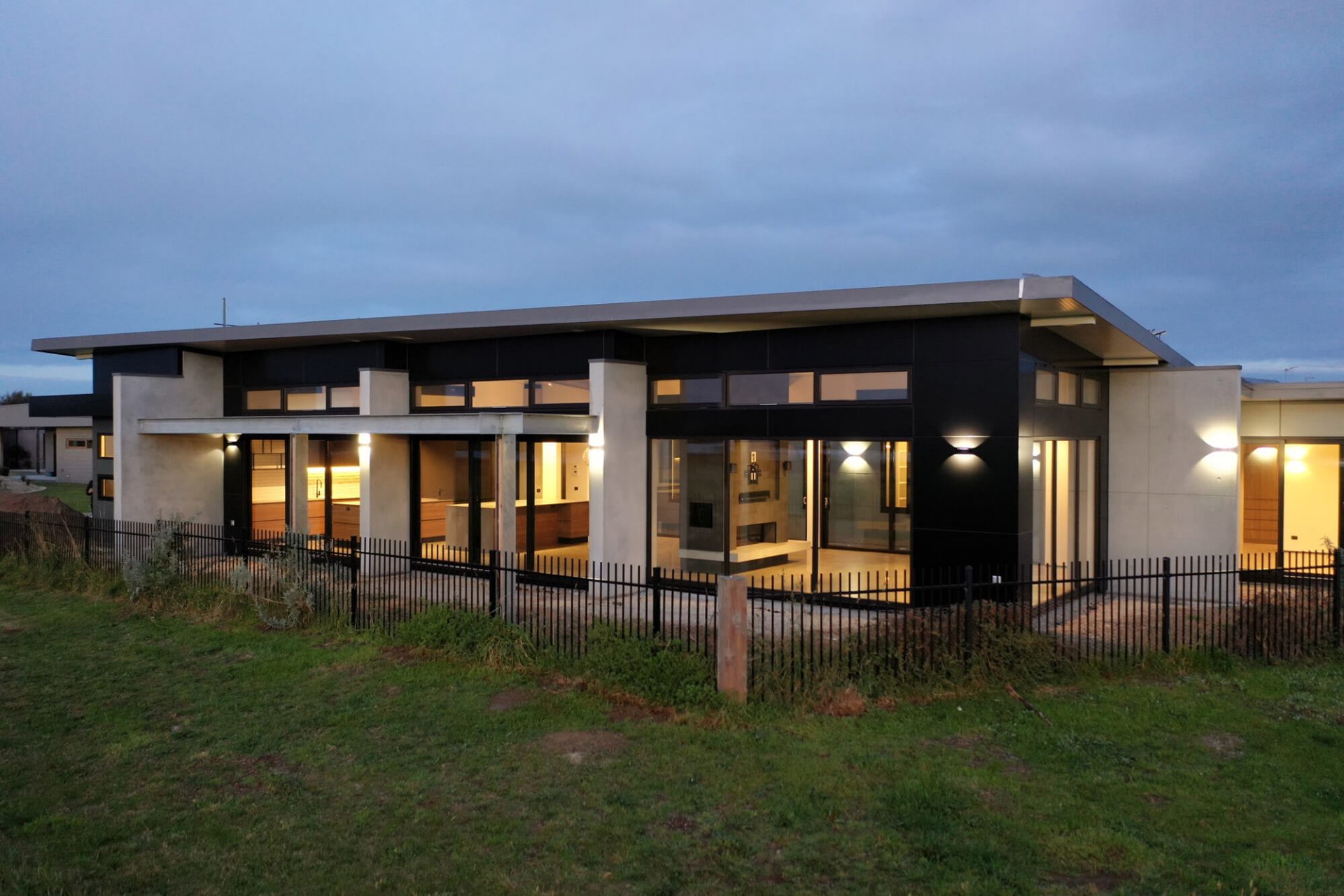The main difference between casement and awning windows is the way they operate. While both provide an air tight seal and controlled ventilation, with both having unobstructed glass so you can enjoy your views, casement windows are to being arranged vertically while awnings are a little more versatile offering both vertical and horizontal openings. Awning windows can be placed high on a wall and remotely operated offering airflow in vaulted ceilings. Both awning and casements can be configured with fixed window panels allowing for designs to fit all applications.
Next, let’s consider budget. Awnings tend to be more cost-effective than casements as they require less hardware, but it really varies depending on the size and application of the overall frame. Both have a variety of materials and colours to choose from to match your vision. These materials come with their own lists of pros and cons as well as different price points, so we’d recommend looking up the benefits and drawbacks of each before finding a supplier who uses the one you’ve chosen. As the UV rays are particularly strong in Australia, we’d suggest choosing material that’s been tested here such as uPVC that has been approved for Australian standards. While ones that haven’t may be cheaper initially, they won’t hold up to the heat long-term, so you’ll need to replace them more quickly. Both casement and awning window types create tight seals when locked so they are energy-efficient windows and you’ll notice this on your bills. Your home will be more comfortable and your energy costs will be lower.
Benefit Comparison Between Awning and Casement Windows
Casement and awning windows both open outwards which brings benefits and drawbacks. As the windowpanes are angled out this prevents rain from coming in when they’re open. Awning windows will be more effective at stopping rain though as they open out from the top. Depending on the angle and strength, some rain could make it through a casement window. Outward opening windows also don’t get in the way of blinds so you can have the window coverings of your choice. The downside is that they’ll get dirty more quickly than inward-opening windows as they’re exposed to the elements so will need cleaning more often.
Both are great security choices as they can’t be opened from outside. Both have the potential for the locking mechanisms to require maintenance over time but with regular cleaning and checks, this can be reduced.
How to Make Your Decision
Whereas some items in your home are easy to change, windows are a big decision as you’ll keep them for years. That’s why we, Ultimate Windows, would recommend not rushing your choice. You could start by making a list of the pros and cons of each window type you’re considering to see which best fits your needs. It’s easy to find average sizes of each window type on an internet search so you can compare these to your existing windows or see how they’d look in a new space. Next, we’d suggest looking up an installer with a high number of positive reviews and testimonials. Knowing others have had a good experience means your investment will be worth it and you’ll get a friendly installer and a long-lasting product.

